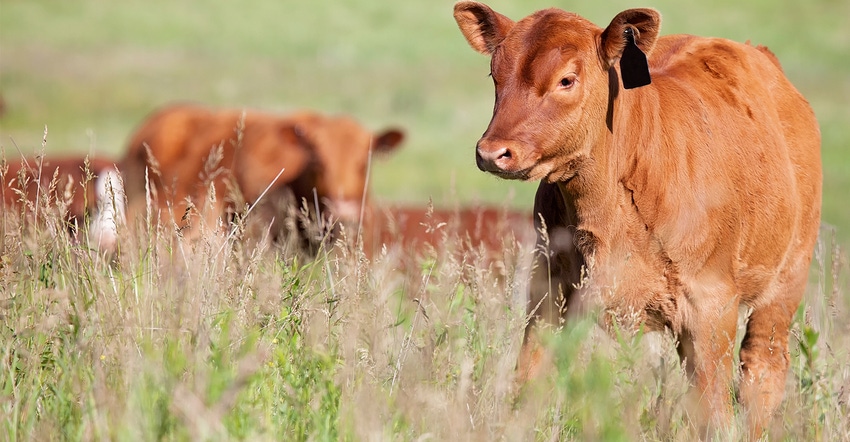July 30, 2018

By Adam Hady
As the summer grazing season winds down and the time is getting near for cow-calf producers to wean calves, many might be asking this question: With the prices of agricultural commodities, can I add some value to my calves by preconditioning them, or should I just sell them right off the cow?
For starters, what is preconditioning, and why would someone do it?
Calf care
Preconditioning is a practice that gets calves ready for the next phase of production. When done with proper management, it can add a few dollars into the cow-calf producer’s pocket. In general, these are programs that are done for 30 to 60 days, with 45 days being the most common. During this time, calves are weaned, vaccinated, bunk broke and water tank broke.
So how does holding calves for 45 days actually make the cow-calf operator any money? They have the cost of feeding the calves, vaccinating, yardage and death loss. Knowing feed cost and price slides is the key factor that can add dollars through preconditioning. Understanding this can also help you make the decision about backgrounding longer into the winter or selling the calves outright versus preconditioning. Overall, the goal of preconditioning is to sell a few more pounds of calf by putting on cheap pounds of gain and to add value to the calf by having an enhanced health status and being on feed.
Buyers are looking for quality calves that are less likely to get sick and will perform well in the feedyards. Feedlot operators are often willing to pay a premium for calves they can add to the yard that have very little risk associated with them.
Numerous university studies of feeder-calf prices have identified that buyers are willing to pay premiums for calves that have been through quality preconditioning programs. The key is to make sure you are proactive in documenting and letting your marketing partner and potential buyers know what you have done with the calves. How your calves perform, and building and maintaining a positive reputation, will go a long way in seeing the premium that a preconditioning program can offer.
Preconditioning program
Following are some key points to help establish your preconditioning program.
First, remember you are not trying to get calves on full feed, and you don’t want to get them too “fleshy.” The goal should be modest and efficient gains. As you go through the weaning process, the transition needs to be smooth. If you are preconditioning in a drylot, start calves on feeds they are accustomed to, such as plenty of long-stem grass hay, and work grain into the diet over the course of a week or two.
Make sure not to increase grain too fast so you are not getting into issues with acidosis. This means keeping rations at 50% or less of grains and concentrates on a dry-matter basis over the preconditioning period. For more information, see the University of Wisconsin-Extension preconditioning fact sheet.
Finally, make sure you have been proactive in your vaccination and health programs. Consider castration and vaccines prior to weaning to reduce stress on calves during weaning; this makes your vaccination program more effective. Also, time things so boosters can be given after weaning.
The overall herd status of calves coming to the feedyard is further supported by comments from the 2018 UW-Extension Feeder Cattle Workshop Evaluations. Sixteen percent of respondents indicated they have changed their receiving protocol because of the veterinary feed directive. In response to the question about what changes they’ve made, multiple comments made references to buying cattle that had been vaccinated and/or weaned for 45 days and knowing health history.
As you work on refining your health programs, make sure you have a valid veterinarian-client-patient relationship. A VCPR can help establish a plan that works for you, and can also provide the background and documentation for the buyers of your calves. UW-Extension has a nice treatment record for vaccination and processing calves.
For more information on preconditioning calves or the beef industry in Wisconsin, visit the Wisconsin Beef Information Center.
Hady is the Extension agriculture agent in Richland County, Wis. This column is provided by the University of Wisconsin-Extension’s Wisconsin Beef Information Center.
You May Also Like




